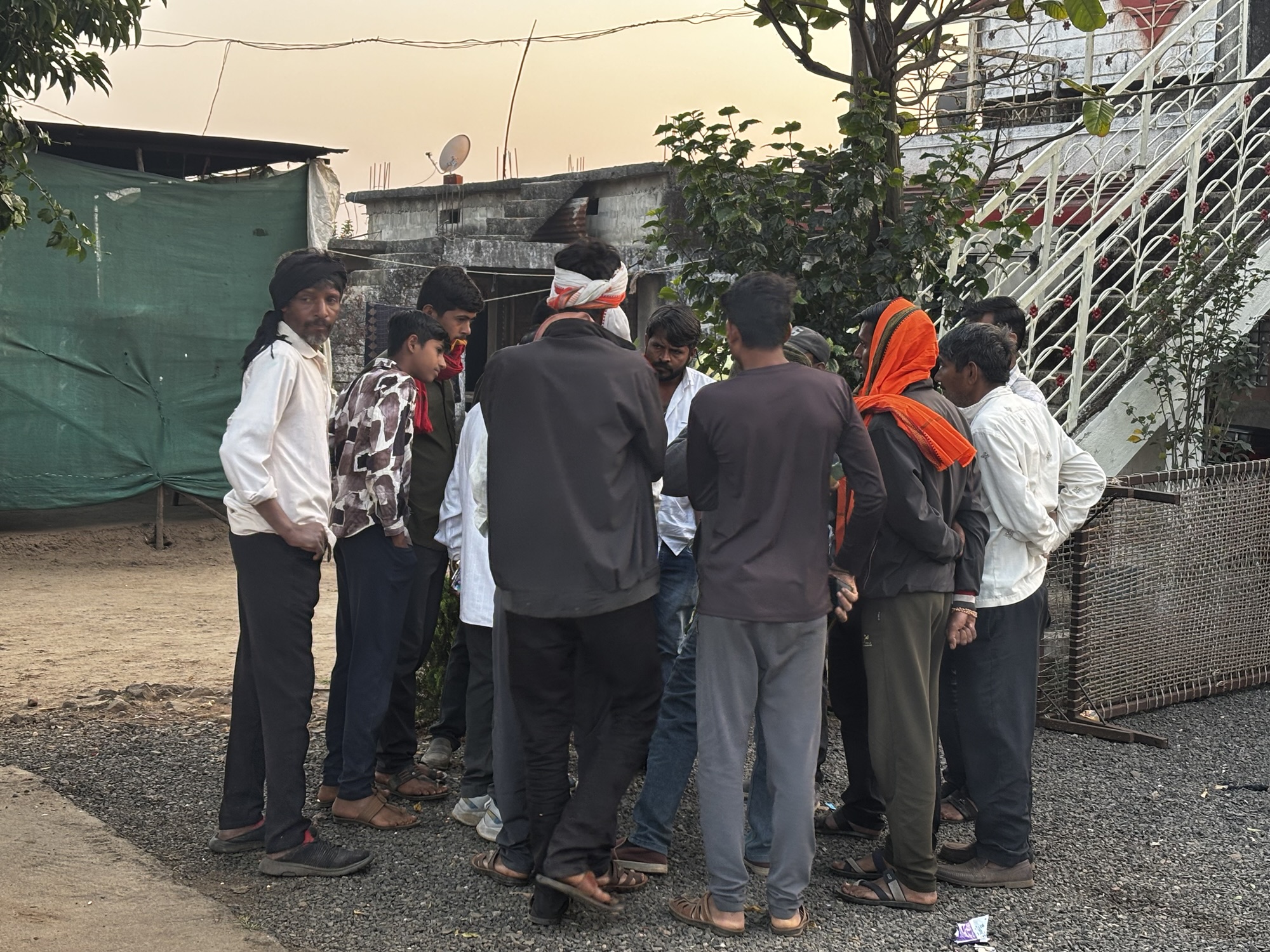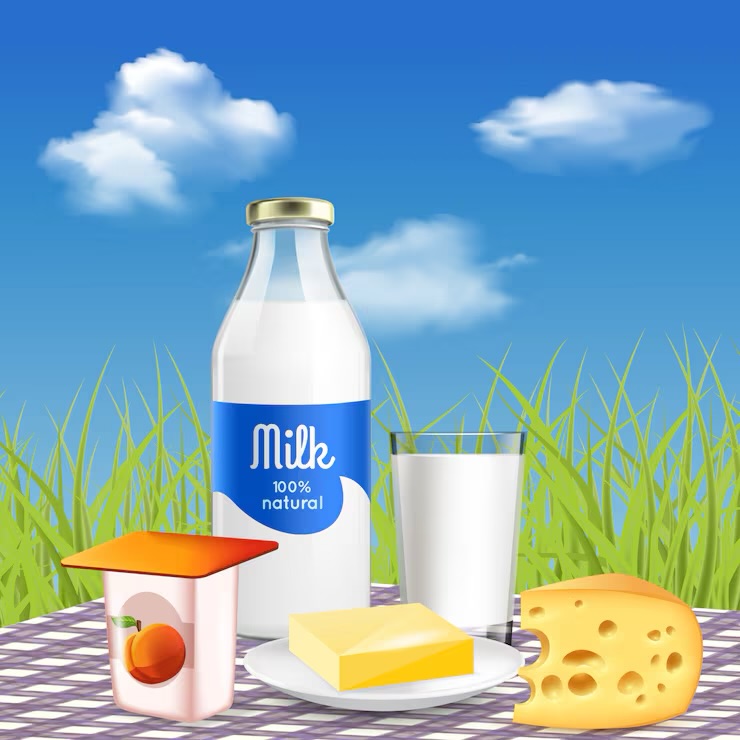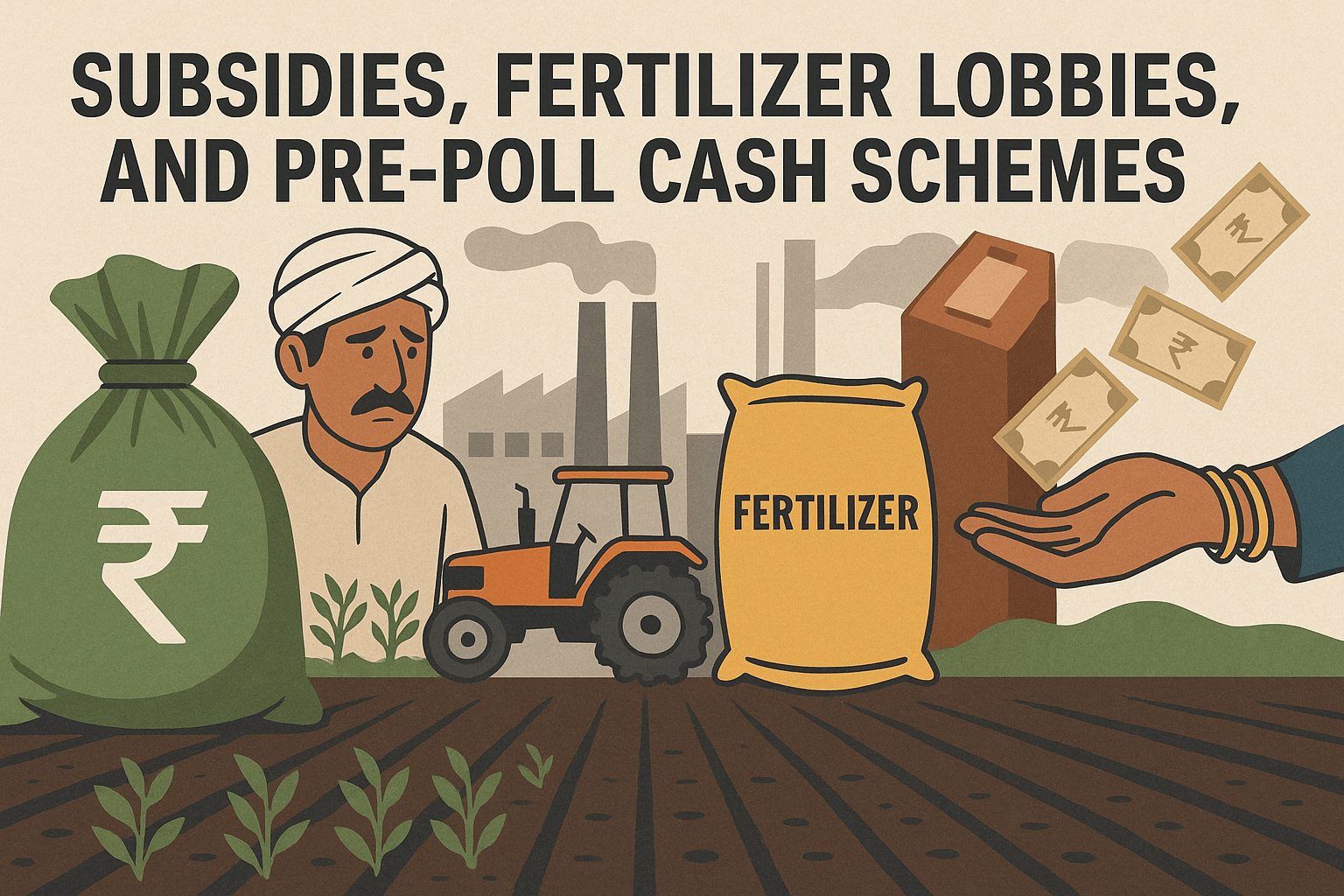As the Kharif season approaches, the Indian government is taking significant steps to ensure fertilizer availability. Domestic production is running at full capacity, particularly for DAP (Diammonium Phosphate). Recently, DAP output reached a high of 3.84 lakh metric tons. To guarantee a steady supply throughout the year, officials have secured import agreements with key global suppliers.
For the Kharif season, which lasts from April to September, the government has approved a nutrient-based subsidy for phosphates and potash fertilizers. The total budget for this season is 372.16 billion rupees, which is higher than the subsidy for the previous Rabi season. This shows the government’s commitment to supporting farmers amid rising global fertilizer prices.
The increased subsidy reflects the recent trends in international fertilizer prices. It is also aligned with the recommendations made by the Inter-Ministerial Committee earlier this year. For example, while the subsidy for MOP (Muriate of Potash) remains unchanged, the subsidy for phosphate has increased significantly by 42%.
Farmers can expect a per-tonne subsidy of Rs27,799 for DAP, which is a rise from the previous season. Alongside this, the government plans to extend a special additional subsidy of Rs3,500 per tonne for DAP, bringing the total subsidy up to Rs31,299 per tonne. However, the maximum retail price for DAP will remain at Rs27,000 per tonne.
Despite these measures, importers of DAP are still facing negative margins. The government is likely to compensate these importers for their losses. However, it is not yet clear if Indian DAP producers will also receive similar compensation.
The new subsidy rates apply to a total of 28 fertilizer grades, with adjustments made according to the price hikes for key nutrients like P2O5. The subsidy for nitrogen remains at Rs43.02 per kg, which will help manage costs for farmers during this critical planting season.
In addition to domestic efforts, international developments are also influencing the fertilizer market. For instance, Canadian fertilizer producer Nutrien is exploring ways to increase potash export capacity. This move is in response to rising global demand for fertilizers, indicating a robust outlook for the sector.
Meanwhile, in Egypt, several fertilizer plants have resumed operations after maintenance shutdowns. This is expected to boost urea production significantly. The resumption of these plants is crucial, as it reflects the recovery of the fertilizer supply chain in the region.
As farmers prepare for the Kharif season, the government’s proactive approach to fertilizer availability is reassuring. With the right support and resources, farmers can look forward to a productive season ahead. The emphasis on timely delivery and sustainable farming practices will help ensure that agricultural productivity continues to grow in India.
In conclusion, the Indian government’s steps to secure fertilizer availability for the Kharif season through increased subsidies and import agreements highlight its commitment to supporting farmers. As we move forward, monitoring these developments will be crucial for understanding the agricultural landscape in India.





